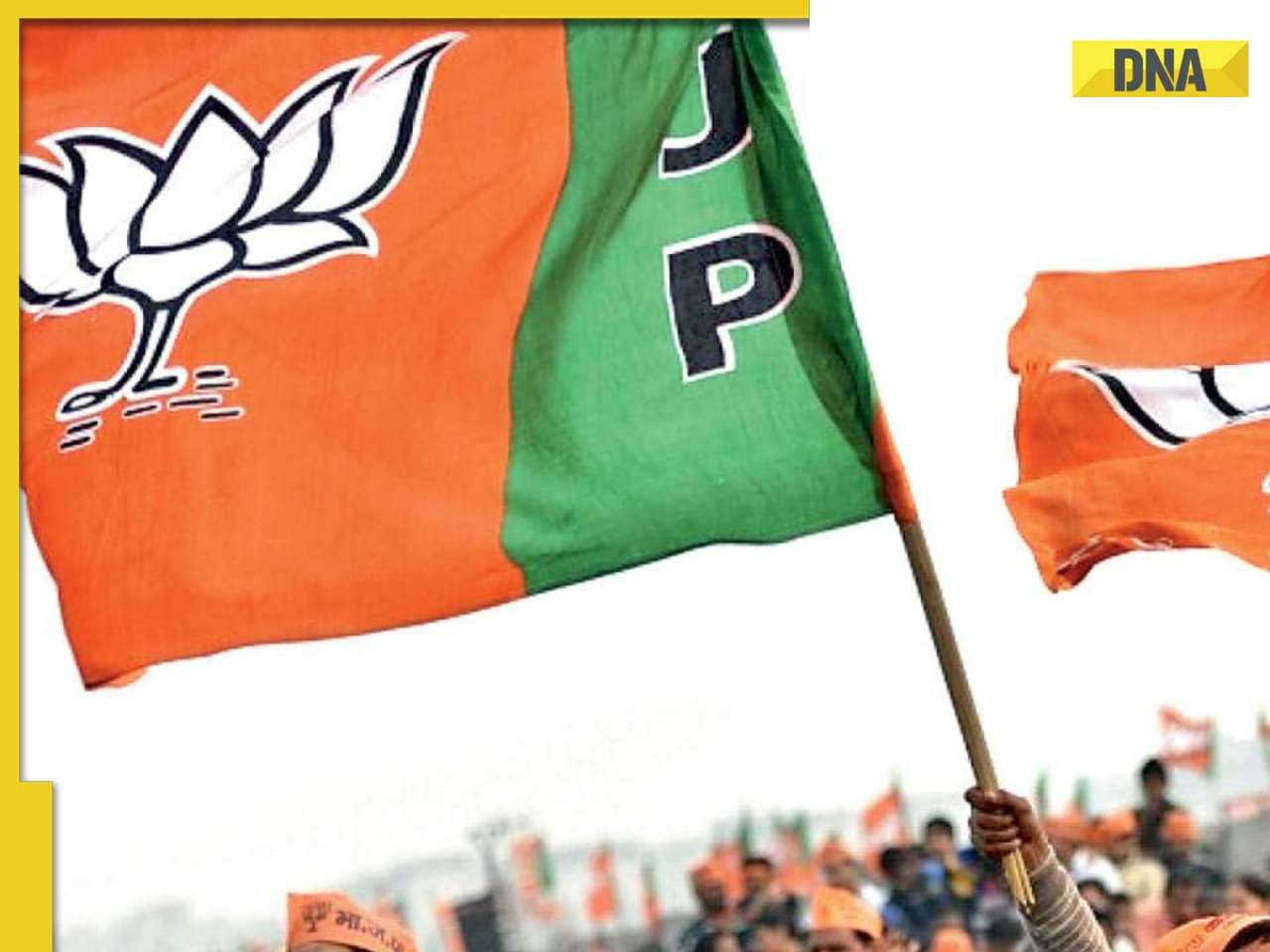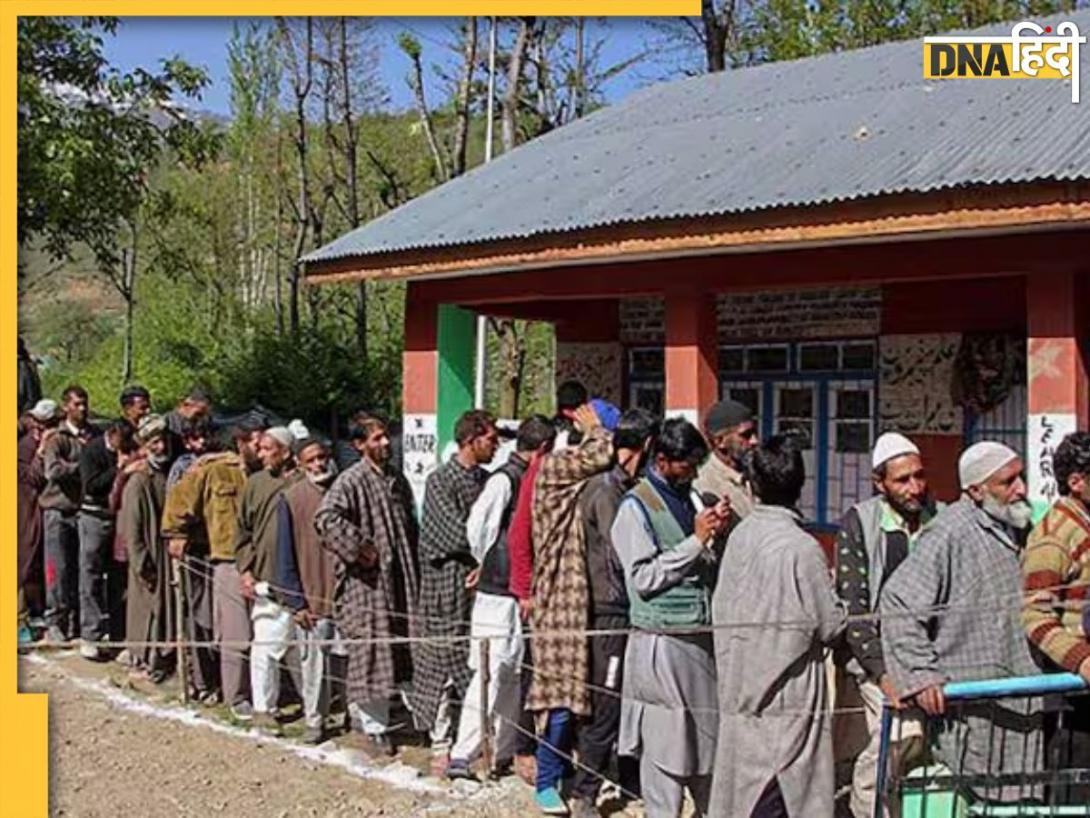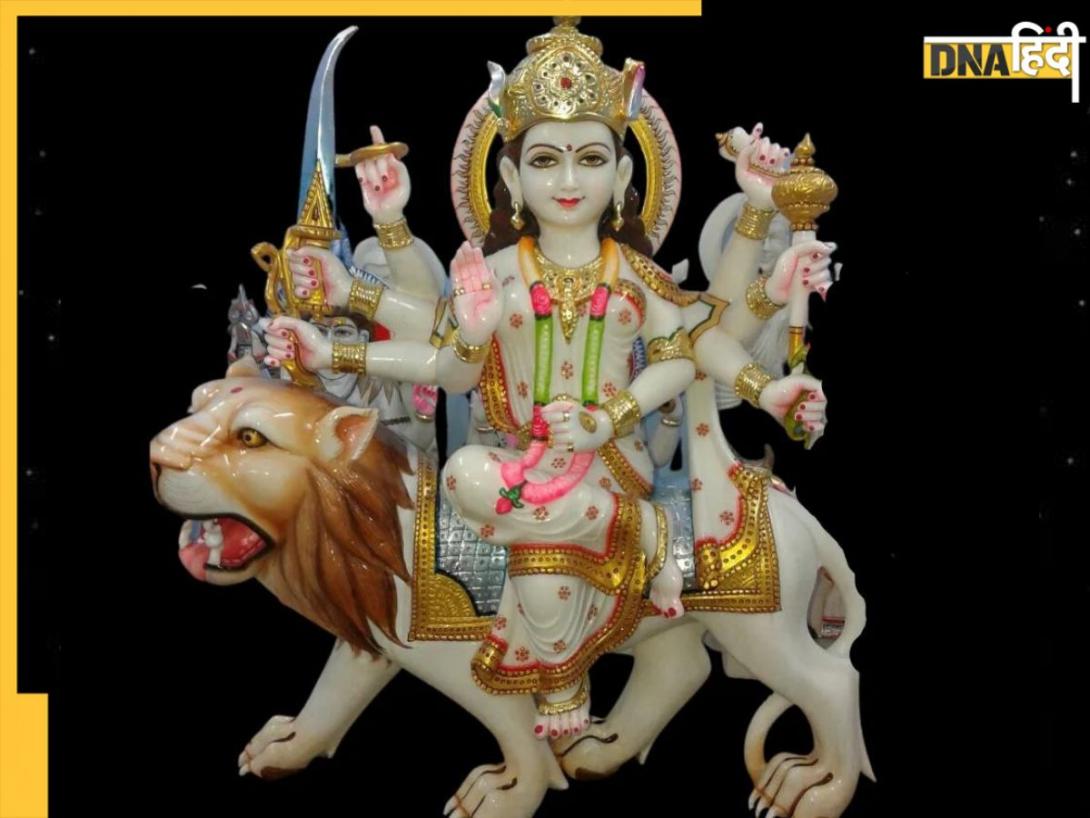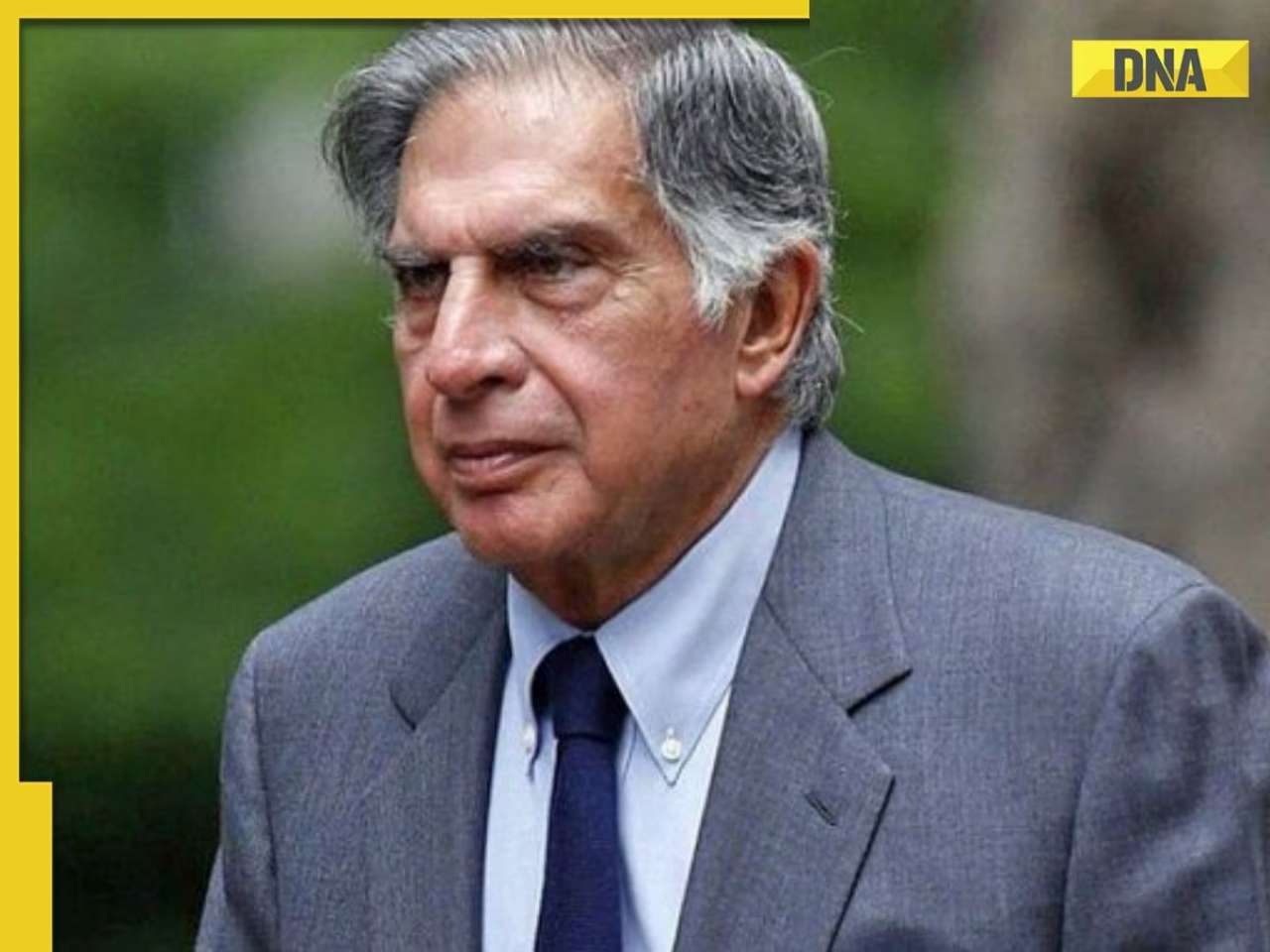ICC uses 'rankings' to refer to the positions of players in the tables, and 'ratings' to refer to their points.
In the latest ICC rankings for ODI Batsman, Babar Azam of Pakistan ranks first followed by Indian batting juggernauts Virat Kohli and Rohit Sharma respectively. For ODI Bowlers' rankings, New Zealand's Trent Boult topped the spot with Josh Hazlewood of Australia securing the second spot and Afghanistan's Mujeeb Ur Rahman in the third spot.
As for ICC ODI All-Rounder Rankings, Bangladeshi player Shakib Al Hasan topped the chart followed by Afghanistan's Mohammad Nabi and England's Chris Woakes in the second and third spot respectively. In Men's ODI Team Rankings, New Zealand tops the ICC chart with England and Australia not lagging far behind.
But do you know how ICC calculates rankings of top cricketers and best teams? ICC Player Ranking is a table where the performance of international cricketers is ranked using a Points Base System. Players are rated on a scale of 0 to 1000 points. So here's a look at the process.
ICC Players Ranking formula
ICC player rating is worked out by dividing the points scored by the match/series total, with the answer given to the nearest whole number.
It can be compared with a batting average, but with points instead of total runs scored and a match/series total instead of the number of times dismissed.
If a player's performance is better than the previous year's performance then his points increase; and if performance decreases then ranking points also decrease.
The value of each player's performance within a match is calculated using an algorithm which is a series of calculations keeping in mind the different situations in each match.
This algorithm (all pre-programmed) also takes care of runs scored and wickets taken by a player in the match.
If the player has contributed well for his team during the critical time then the value of his performance is considered to be high.
A batsman is Out or Not Out makes all the difference. Bonus points are given to Not out players.
Ratings of the opposing bowling attack; the higher the combined ratings of the bowling attack, in proportion more value is given to the batsman's innings.
Runs scored meaning more runs means more bonus points. A century in the second innings will get more credit than in the first inning.
At which juncture runs are scored also makes a difference. If a player score runs when his team was in crisis, then the player gets more rating points.
If both teams score 500 in innings, then the computer rates it as a high-scoring match, so 100 runs by a player in this innings is worth lesser to a low-scoring match.
If a player has scored more runs in a match and his team wins then he gets bonus points. But bonus points will be more if the victory is against a strong team.
There is no human intervention in this calculation process of the ranking and no subjective assessment is done.
It is also important to mention here that factors counted in the calculation of the player's performance are different for Test cricket, ODI and T-20.
ICC considers very small factors (like playing conditions, runs, the strength of the opposite team etc) while calculating the ranking of the players.
ICC uses 'rankings' to refer to the positions of players in the tables, and 'ratings' to refer to their points.
ICC Team Rankings
The ICC Team Rankings is a rating method developed by David Kendix to rank men's teams playing across Test, One-Day International and Twenty20 International formats.
The same rating method is used to rank women's cricket teams playing One-Day International and Twenty20 International cricket.
This rating is worked out by dividing the points scored by the match/series total, with the answer given to the nearest whole number.
It can be compared with a batting average, but with points instead of total runs scored and a match/series total instead of the number of times dismissed.
Ranking for wicket-keepers
No ranking is issued for a wicket-keeper because his performance depends on the performance of the bowler as to how much he has been supported by the bowler.
Therefore it is difficult to rank him. Similarly, rating points can not be issued for fielding.
![submenu-img]() Israel launches strikes on Yemeni Houthi targets after killing dozens of Hezbollah members in Lebanon
Israel launches strikes on Yemeni Houthi targets after killing dozens of Hezbollah members in Lebanon![submenu-img]() Haryana Elections 2024: BJP expels 8 rebels, including Sandeep Garg, for contesting as Independents
Haryana Elections 2024: BJP expels 8 rebels, including Sandeep Garg, for contesting as Independents![submenu-img]() IPL 2025: How much salary will MS Dhoni earn if CSK retain him as uncapped player?
IPL 2025: How much salary will MS Dhoni earn if CSK retain him as uncapped player?![submenu-img]() UPI QR code is down, this is how SBI is fixing the problem
UPI QR code is down, this is how SBI is fixing the problem![submenu-img]() Shocking! Viral influencer who married herself dies by suicide at 26
Shocking! Viral influencer who married herself dies by suicide at 26![submenu-img]() J-K Elections: आखिरी चरण का प्रचार खत्म, 40 सीट पर कल होगी वोटिंग, जानें यहां के सियासी समीकरण
J-K Elections: आखिरी चरण का प्रचार खत्म, 40 सीट पर कल होगी वोटिंग, जानें यहां के सियासी समीकरण![submenu-img]() IPL 2025: RCB सिर्फ Virat Kohli को... पूर्व भारतीय दिग्गज ने अपने दावे से चौंकाया
IPL 2025: RCB सिर्फ Virat Kohli को... पूर्व भारतीय दिग्गज ने अपने दावे से चौंकाया![submenu-img]() Navratri 2024: नवरात्रि आने से पहले घर से हटा दें ये चीजें, वरना देवी दुर्गा कभी नहीं आएंगी घर
Navratri 2024: नवरात्रि आने से पहले घर से हटा दें ये चीजें, वरना देवी दुर्गा कभी नहीं आएंगी घर![submenu-img]() BJP मेंबर्स बनाने का ऐसा जोश, नेटवर्क नहीं मिला तो पेड़ पर चढ़े कार्यकर्ता
BJP मेंबर्स बनाने का ऐसा जोश, नेटवर्क नहीं मिला तो पेड़ पर चढ़े कार्यकर्ता ![submenu-img]() Karanveer Mehra बने Khatron Ke Khiladi 14 के विनर, ट्रॉफी के साथ मिला इतना कैश प्राइज
Karanveer Mehra बने Khatron Ke Khiladi 14 के विनर, ट्रॉफी के साथ मिला इतना कैश प्राइज ![submenu-img]() Mahindra Thar Roxx 4x4 prices revealed, starts at Rs…
Mahindra Thar Roxx 4x4 prices revealed, starts at Rs…![submenu-img]() Sebi gives nod to Hyundai India's Rs 20,000 crore IPO, listing month is...
Sebi gives nod to Hyundai India's Rs 20,000 crore IPO, listing month is...![submenu-img]() Tata launches Nexon iCNG, check price, mileage, other features
Tata launches Nexon iCNG, check price, mileage, other features![submenu-img]() This Indian car brand set to acquire 50% stake in Skoda Auto Volkswagen India, deal will cost Rs…
This Indian car brand set to acquire 50% stake in Skoda Auto Volkswagen India, deal will cost Rs…![submenu-img]() Ford to return to India after 2 years with reopening of....
Ford to return to India after 2 years with reopening of....![submenu-img]() This man was behind IT giant valued at over Rs 13.78 lakh crore, born in Peshawar, also known as father of...
This man was behind IT giant valued at over Rs 13.78 lakh crore, born in Peshawar, also known as father of...![submenu-img]() Meet woman, who scored highest marks in UPSC interview history, not Tina Dabi, Smita Sabharwal, she is...
Meet woman, who scored highest marks in UPSC interview history, not Tina Dabi, Smita Sabharwal, she is...![submenu-img]() Meet India's youngest woman to crack UPSC exam at age 21, secured AIR 13, but didn't become IAS due to...
Meet India's youngest woman to crack UPSC exam at age 21, secured AIR 13, but didn't become IAS due to...![submenu-img]() Meet India’s first female IAS officer, also second woman to crack UPSC exam, she was posted at...
Meet India’s first female IAS officer, also second woman to crack UPSC exam, she was posted at...![submenu-img]() Meet man, bangle seller who cracked UPSC exam despite being specially abled, becomes IAS officer with AIR...
Meet man, bangle seller who cracked UPSC exam despite being specially abled, becomes IAS officer with AIR...![submenu-img]() After Hassan Nasrallah's Death, This Cleric Is Now Tipped To Be Hezbollah Leader | Israel | Lebanon
After Hassan Nasrallah's Death, This Cleric Is Now Tipped To Be Hezbollah Leader | Israel | Lebanon![submenu-img]() Hashem Safieddine, Cousin Of Hassan Nasrallah To Become Hezbollah's New Chief | Israel-Lebanon War
Hashem Safieddine, Cousin Of Hassan Nasrallah To Become Hezbollah's New Chief | Israel-Lebanon War![submenu-img]() Israel Hezbollah War: Nasrallah's Death, A Turning Point for Hezbollah's Future? Experts Explain
Israel Hezbollah War: Nasrallah's Death, A Turning Point for Hezbollah's Future? Experts Explain![submenu-img]() Israel Hezbollah War: Hassan Nasrallah's Death Leads To Protests In J&K, Ex-CM Mehbooba Mufti Reacts
Israel Hezbollah War: Hassan Nasrallah's Death Leads To Protests In J&K, Ex-CM Mehbooba Mufti Reacts![submenu-img]() Israel Hezbollah War: Nasrallah's Death Leads To Protest By Women & Children In Jammu And Kashmir
Israel Hezbollah War: Nasrallah's Death Leads To Protest By Women & Children In Jammu And Kashmir![submenu-img]() Big relief for GST taxpayers: Clear old dues without extra costs; here’s how
Big relief for GST taxpayers: Clear old dues without extra costs; here’s how![submenu-img]() Learn to play the Reliance way, Mukesh Ambani ready to disrupt the toy market
Learn to play the Reliance way, Mukesh Ambani ready to disrupt the toy market![submenu-img]() Ratan Tata's BIG move as Tata Sons set to buy 13% in...
Ratan Tata's BIG move as Tata Sons set to buy 13% in...![submenu-img]() Meet Anuradha who has come out of husband Anand Mahindra's shadow, this is what she does
Meet Anuradha who has come out of husband Anand Mahindra's shadow, this is what she does ![submenu-img]() Mukesh Ambani's BIG gift to shareholders, Reliance earns Rs 53652 crore in just 5 days
Mukesh Ambani's BIG gift to shareholders, Reliance earns Rs 53652 crore in just 5 days![submenu-img]() Haryana Elections 2024: BJP expels 8 rebels, including Sandeep Garg, for contesting as Independents
Haryana Elections 2024: BJP expels 8 rebels, including Sandeep Garg, for contesting as Independents![submenu-img]() Tamil Nadu cabinet rejig: MK Stalin's son Udhayanidhi Stalin is Deputy CM, Senthil Balaji back as minister
Tamil Nadu cabinet rejig: MK Stalin's son Udhayanidhi Stalin is Deputy CM, Senthil Balaji back as minister![submenu-img]() Chandrayaan-3 might have landed in moon's crater, 'ejecta' will reveal secrets
Chandrayaan-3 might have landed in moon's crater, 'ejecta' will reveal secrets![submenu-img]() J-K Elections 2024: Congress chief Mallikarjun Kharge’s health deteriorates during poll rally in Kathua - watch
J-K Elections 2024: Congress chief Mallikarjun Kharge’s health deteriorates during poll rally in Kathua - watch![submenu-img]() Hapur Horror: 5-year-old boy gang raped, assault captured on video, circulated online
Hapur Horror: 5-year-old boy gang raped, assault captured on video, circulated online













































)
)
)
)
)
)
)
)
)
)
)
)
)
)
)





)
)
)
)
)
)